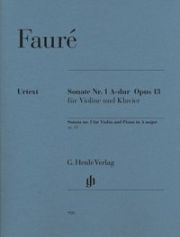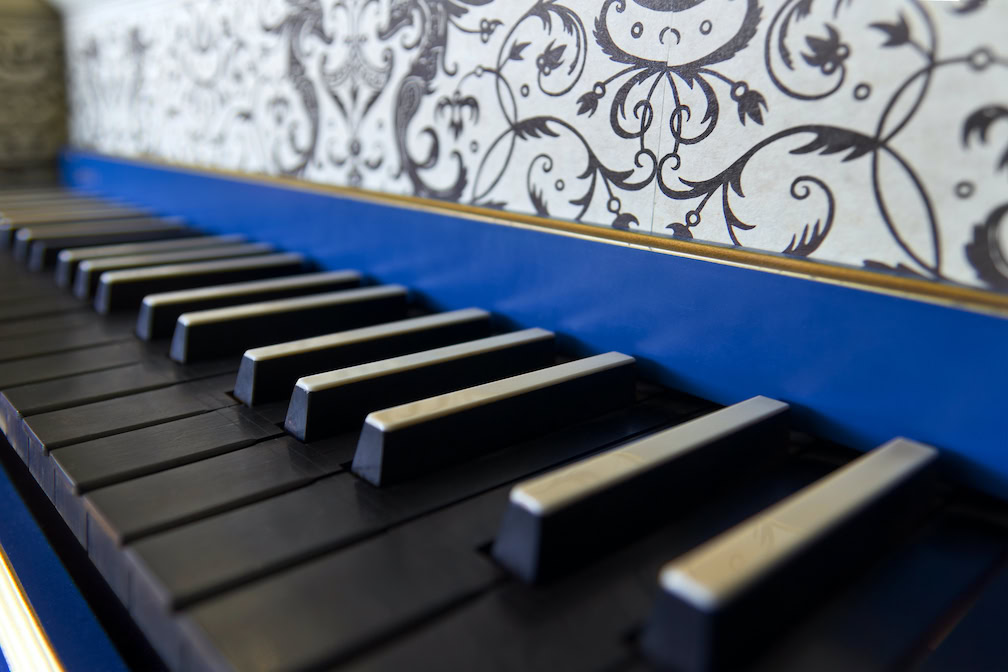A look inside Fauré's workshop
Review: A new edition of the Violin Sonata op. 13 makes it possible to make one's own decisions with regard to binding and dynamics.

Camille Saint-Saëns, half a generation older, was right to praise Fauré's first violin sonata, published in 1877, effusively: "... and over everything hovers a magic ... which makes the mass of ordinary listeners accept the wildest audacities as quite normal ...". It is at the forefront of the repertoire of concert performers. Fauré had been appointed secretary of the Société nationale de musique in 1774, which had dedicated itself to the "renouveau" of French musical life in competition with German instrumental music. This is stated, among other things, in the interesting preface to this new edition. Henle's Urtext compares the first edition by Breitkopf & Härtel with the autograph sketches and points out differences in slurring and dynamics that should be considered when working on the work; it is a glimpse into Fauré's workshop. In addition to the Urtext violin part, there is also an arrangement by Igor Ozim. Ozim seeks out the right colors of the strings and adapts the bow strokes to the dynamics. Sometimes he uses careful string changes for exciting intervals that would be more expressive on one string.
Gabriel Fauré: Sonata No. 1 in A major op. 13, Urtext edited by Fabian Kolb, with additional marked violin part by Igor Ozim, score and parts, HN 980, € 21.00, G. Henle Verlag, Munich 2012








